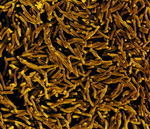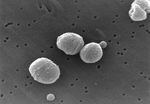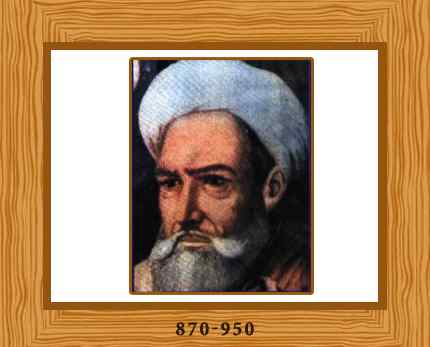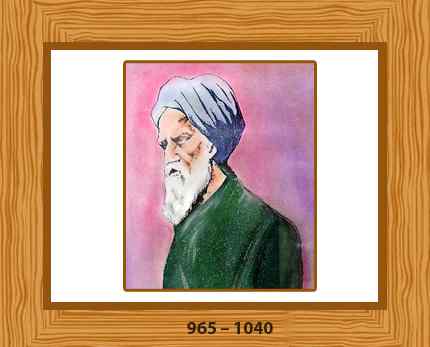Top 10 Dangerous Diseases Around World
10. Syphilis

Syphilis
The 10th deadliest disease in the modern world is syphilis.
Infection rate: 12.2 million diagnosed cases worldwide.
What is it?: Syphilis is as widespread as it is deadly. Transmitted through sexual contact, 12.2 million people worldwide are diagnosed with the disease, not counting undiagnosed cases. That number continuous to grow as you read this list. Syphilis can also be transmitted from an infected mother to a newborn infant directly, without physical contact. And while the disease is prevalent worldwide, syphilis occurs mostly in Southeast Asia, Saharan Africa, and Latin America—in that order. If you’re going to get STD, don’t get syphilis.
Death rate: 157,000 deaths every year.
9. Meningitis

Meningitis
The 9th deadliest disease in the modern world is the common meningitis.
Infection rate: More than 1 million people contract some form of meningitis every year.
What is it?: Meningitis is one of the world’s deadliest diseases, not just in terms of death rate, but in life after full recovery as well. A fatal infection covers the brain and the spinal cord area. Even with early diagnosis and immediate treatment, 5 to 10 percent of patients die, worth noting considering the advances in modern medical technology. In addition—as if this isn’t enough bad news already—10 to 20 percent of patients who have fully recovered suffer from hearing loss, brain damage, or learning disability.
Death rate: 174,000 deaths every year.
8. Tetanus

Tetanus
The 8th deadliest disease in the modern world is tetanus.
Infection rate: 500,000 diagnosed cases every year.
What is it?: Tetanus easily beats meningitis and syphilis with its high infection rate and death toll. You see, the clostridium tetani spores—the tetanus bacteria—live in the soil, and so are present everywhere. Something as simple as a small cut or a wound can infect you with the disease several days after coming in contact with a dirty surface. Countries in Southeast Asia and Saharan Africa bear the brunt of the disease with 82,000 and 84,000 yearly deaths respectively, though tetanus infection can be found worldwide.
Death rate: 214,000 deaths every year.
7. Whooping cough

Whooping Cough
The 7th deadliest disease in the modern world is the whooping cough.
Infection rate: 20 to 40 million diagnosed cases every year.
What is it?: The whooping cough, or pertussis, silly as its sounds, is a very deadly disease. It is highly contagious and, once a person is infected, the illness is capable of causing a host of acute respiratory diseases on a person. What seems like an ordinary cough can kill you. Whooping cough can be treated with antibiotics, but vaccines are still the way to go for optimum immunity.
Death rate: 200,000 to 300,000 deaths every year.
6. Measles

Measles
The 6th deadliest disease in the modern world is measles.
Infection rate: More than 30 million people, mostly children, are infected every year.
What is it?: Measles can be easily cured but are deadly if left untreated. The disease occurs mostly in children, especially in developing countries like Africa and some in Southeast Asia, but the measles virus can infect even adults. Measles can cause brain damage, blindness, and leave children susceptible to diarrhea and pneumonia. Did you know that an estimated 1,400 people die from measles every day? Immunization only costs $1 a child.
Death rate: Roughly 530,000 deaths every year.
5. Tuberculosis

Tuberculosis
The 5th deadliest disease in the modern world is tuberculosis.
Infection rate: 2 billion people are diagnosed with TB every year.
What is it?: Fact: TB kills millions of people every year. Fact: 1/3 of the world’s population is infected. But even with all these facts, new TB cases are still being diagnoses year after year. It’s as if people don’t really care anymore about contracting the disease. Symptoms of TB include chills, fever, chronic cough, weakness, and weight loss. It is highly contagious, and can be spread through sneezing and coughing. It is no doubt one of the deadliest diseases in the world in terms of death rate.
Death rate: 2 million deaths every year.
4. Diarrhea

Diarrhea
The 4th deadliest disease in the modern world is diarrhea.
Infection rate: 4 billion diagnosed cases every year.
What is it?: What is diarrhea? Have you ever had acute stomach pains accompanied with the urge to use the toilet more often than usual? Then you have experienced diarrhea. Often diarrhea is caused by cholera, dysentery, and a host of other bacterial infections like microscopic worms. Diarrhea is easily cured if treated early. Most diarrhea-related deaths, particularly in children, are associated with extreme dehydration.
Death rate: Roughly 2.2 million deaths every year.
3. Malaria

Malaria
The 3rd deadliest disease in the world is the infamous malaria.
Infection rate: 300 to 515 million people diagnosed cases every year, a huge portion of whom are in Africa.
What is it?: Malaria is transmitted by the deadliest animal in the world known to man: the female anopheles mosquito. In fact, malaria isn’t even transferable through physical contact, but still it accounts for millions of deaths worldwide every year. If that isn’t deadly enough for you, I don’t know what is. Statistics reveal that every 30 seconds an African child dies from malaria. Damn mosquitoes! (Tips on how to repel mosquitoes)
Death rate: 1 to 5 million deaths every year.
2. HIV/AIDS

HIV/AIDS
The 2nd deadliest disease in the modern world is HIV/AIDS.
Infection rate: Roughly 39.4 million people are living with AIDS.
What is it?: This disease needs no introduction. The HIV, or human immunodeficiency virus, does nothing more than erode a person’s immune system, rendering the patient susceptible to other infections. AIDS, or acquired immunodeficiency syndrome, usually follows through within 8 to 15 years unless the patient receives treatment. Oftentimes, the patient dies of TB or pneumonia following the AIDS infection.
Death rate: Some 3 million deaths in 2004.
1. Lower respiratory infections

Lower respiratory infections
The deadliest disease in the modern world are a host of lower respiratory infections.
What are they?: Lower respiratory infections include pneumonia and other sickness of the lungs, bronchial tubes or windpipe. It’s hard to believe but it’s true—lower respiratory infections far outnumber the death toll for AIDS and malaria worldwide. Surprised?
Death rate: More than 4 million deaths every year.
In all, these diseases account for nearly half or more than half of fatalities worldwide every year. Scientists are working very hard to research the illnesses and develop new vaccines. Until cures are found for all, prevention is the best way to go.
Diseases like this can change your life forever. The ten deadliest and the Top Ten Most Disfiguring Diseases definitely deserve mankind’s respect.































